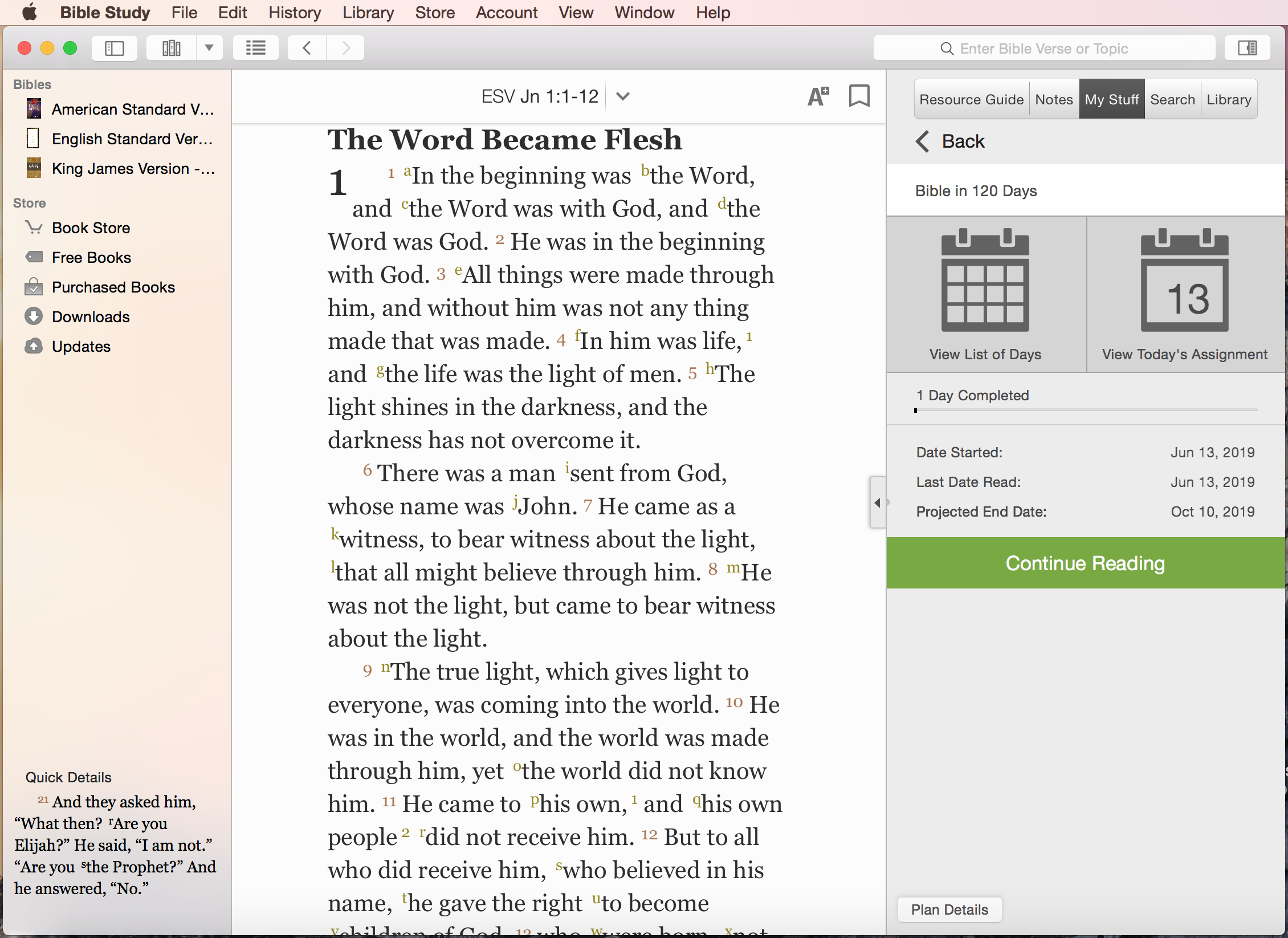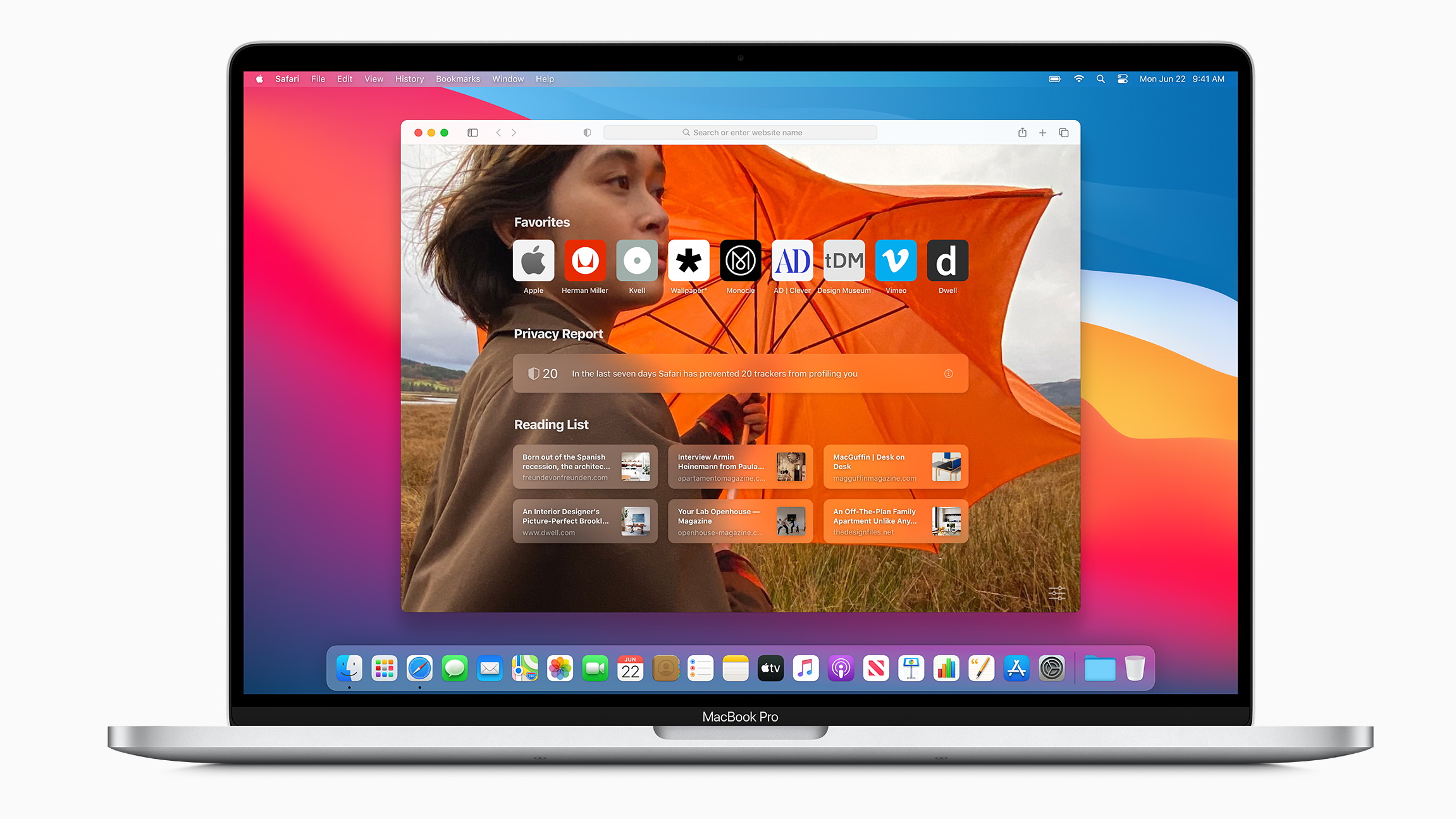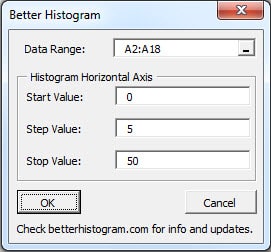


- #INSTALL TREE PLAN FOR MAC HOW TO#
- #INSTALL TREE PLAN FOR MAC INSTALL#
- #INSTALL TREE PLAN FOR MAC WINDOWS 10#
- #INSTALL TREE PLAN FOR MAC WINDOWS#
Note: This is the latest version of the ALM Microsoft Excel Add-in for ALM 11.52.
#INSTALL TREE PLAN FOR MAC INSTALL#
To install this add-in for the current user, administrator privileges are not required
To install this add-in for all users, you must log in with administrator privileges. Select "COM Add-ins" in "Manage" drop down list and click "Go." button In latest Excel Add-in version (12.60.2), the certificate is valid to Apr. This version of Excel Add-In supports ALM versions from 12.2x to 12.60. This version of Excel Add-In supports ALM versions 15.0.x, 12.2x, 12.5x and 12.60. Microsoft Office 365 Excel Desktop Application (32 bit and 64 bit), Office 365 Excel Online is not supported. #INSTALL TREE PLAN FOR MAC WINDOWS#
I will be working inside Windows Excel, butthese instructions shoul.
#INSTALL TREE PLAN FOR MAC HOW TO#
Microsoft Excel 2016 (32 bit and 64 bit) 1This video shows how to use the TreePlan add-in for working withdecision trees in Excel. Microsoft Excel 2013 (32 bit and 64 bit) SP1. Microsoft Excel 2010 (32 bit and 64 bit) SP2. Visual C++ Redistributable for Visual Studio 2015 is required to run the application. You must install Visual Studio 2010 Tools for Office Runtime (any version later than 5). To install this add-in for the current user, administrator privileges are not required. #INSTALL TREE PLAN FOR MAC WINDOWS 10#
If you are working on Windows 10 with Office 2013 32bit, you may still receive "untrusted publisher" error even having installed the certificate. Launch Excel application- File -> Options -> Add-Ins- Select "COM Add-ins" in "Manage" drop down list and click "Go." button- Select "" and click "OK" button You may need to re-enable the add-in in Excel application after installing/renewing this certificate. Install this certificate to "Trusted Publishers" of either Local Machine or Current User.  Certificate file name: MicroFocusCodeSigning.cer. If Excel add-in is installed for "Anyone who uses this computer (all users)", please find the certificate in C:\Program Files\Micro Focus\Addins. If Excel add-in is installed "Only for me", please find the certificate in %localappdata%\Programs\Micro Focus\Addins. If "require application add-ins to be signed by trusted publisher" option is enabled in Excel, you may need to install the publisher certificate. Install this add-in on your ALM client machine (If UAC is enabled and you want to install this add-in for all users, you will need to use "Run as administrator" option to run this installer. Refer to the ALM Microsoft Excel Add-in Guide to review additional important installation instructions. Uninstall any previous versions of this add-in. Install Microsoft Excel on your ALM client machine. Enter osx-install.sh -h to see usage on the available options.This version of Excel Add-In supports ALM versions 16.0.x, 15.5.x, 15.0.x and 12.60. The osx-install.sh script installs the agent as a service. You can pass in system properties from the command line, for example: sh /osx-install.sh = yourHostID. On the bash command line enter: sh /osx-install.sh.
Certificate file name: MicroFocusCodeSigning.cer. If Excel add-in is installed for "Anyone who uses this computer (all users)", please find the certificate in C:\Program Files\Micro Focus\Addins. If Excel add-in is installed "Only for me", please find the certificate in %localappdata%\Programs\Micro Focus\Addins. If "require application add-ins to be signed by trusted publisher" option is enabled in Excel, you may need to install the publisher certificate. Install this add-in on your ALM client machine (If UAC is enabled and you want to install this add-in for all users, you will need to use "Run as administrator" option to run this installer. Refer to the ALM Microsoft Excel Add-in Guide to review additional important installation instructions. Uninstall any previous versions of this add-in. Install Microsoft Excel on your ALM client machine. Enter osx-install.sh -h to see usage on the available options.This version of Excel Add-In supports ALM versions 16.0.x, 15.5.x, 15.0.x and 12.60. The osx-install.sh script installs the agent as a service. You can pass in system properties from the command line, for example: sh /osx-install.sh = yourHostID. On the bash command line enter: sh /osx-install.sh. 
Usually, if you are installing the Standalone Machine Agent on the same server with any APM app agent, you should not specify application name and tier name. ( Optional) Application and tier name, see Standalone Machine Agent Installation Scenarios to determine if you need to specify and application name and tier name.( Required for Multi-Tenant Mode or SaaS installations) Configure the Agent Account Information.( Optional) To configure the agent to use proxy settings see Standalone Machine Agent Configuration Property Reference.( Optional) To configure agent to use SSL see Enable SSL for Standalone Machine Agent.( Required) Configure the Controller host name and port number, and account access key.See Plan the Machine Agent Configuration. Gather your configuration details and configure the agent by editing /conf/controller-info.xml file or by passing system properties on the command line to osx-install.sh.








 0 kommentar(er)
0 kommentar(er)
